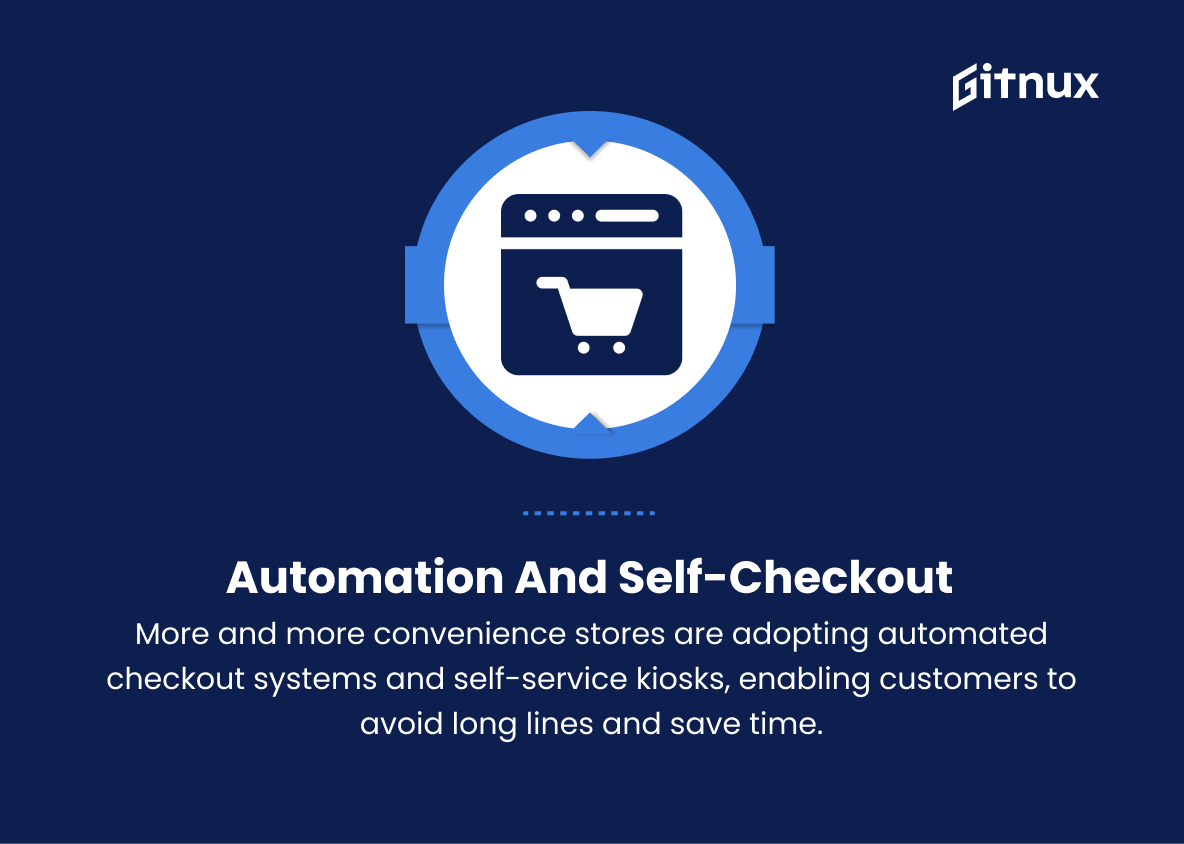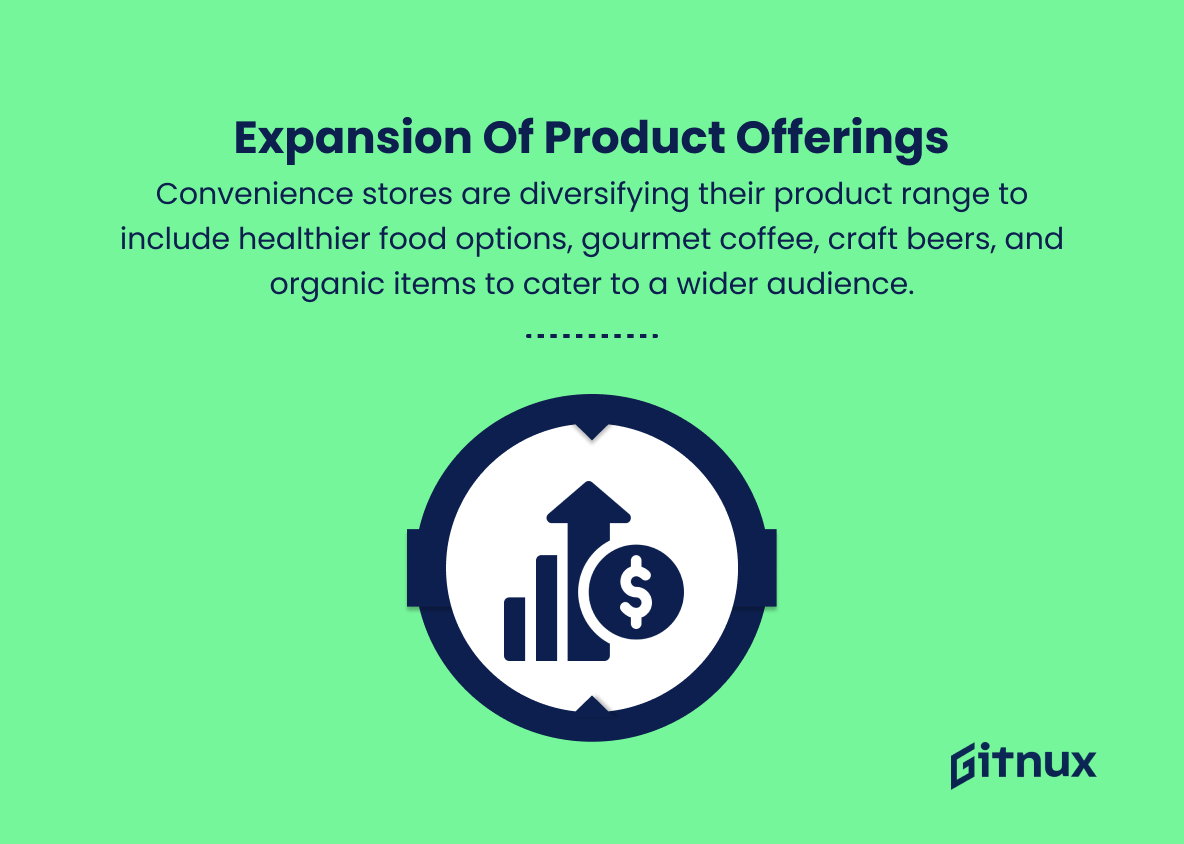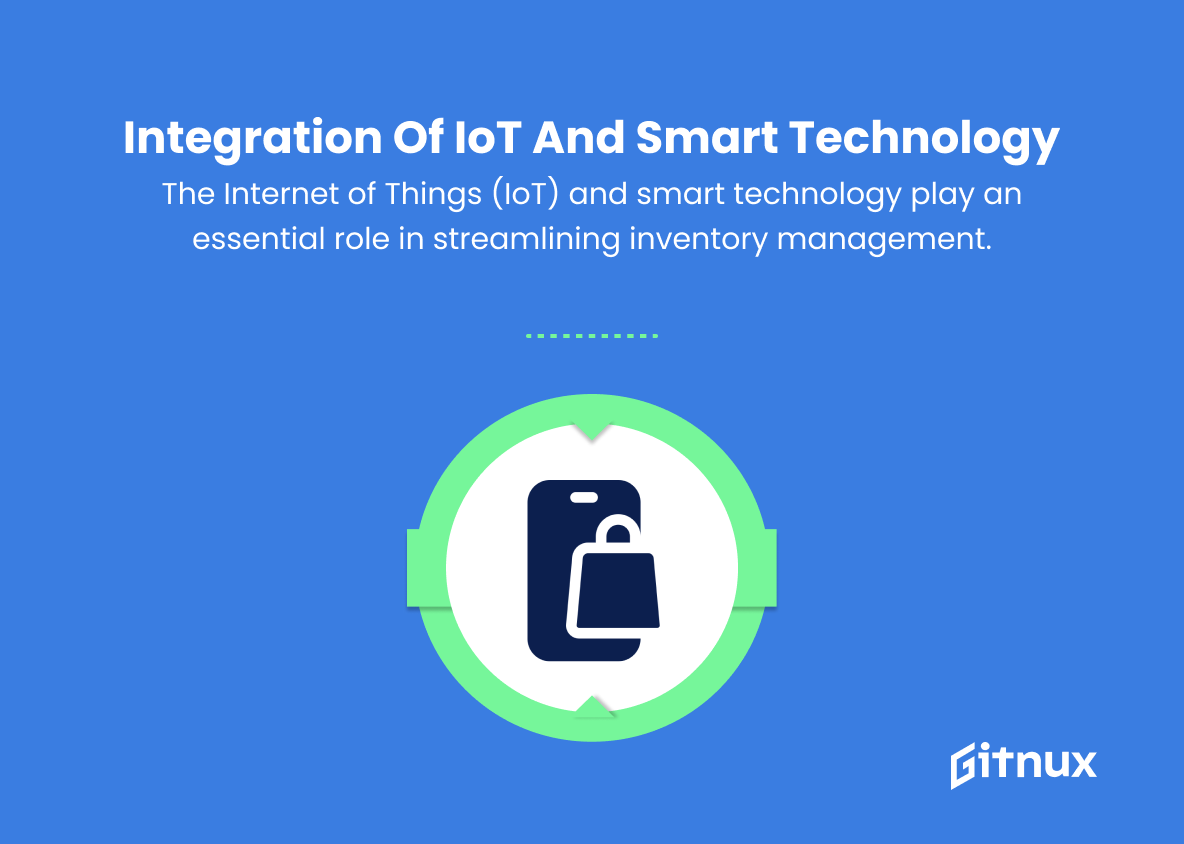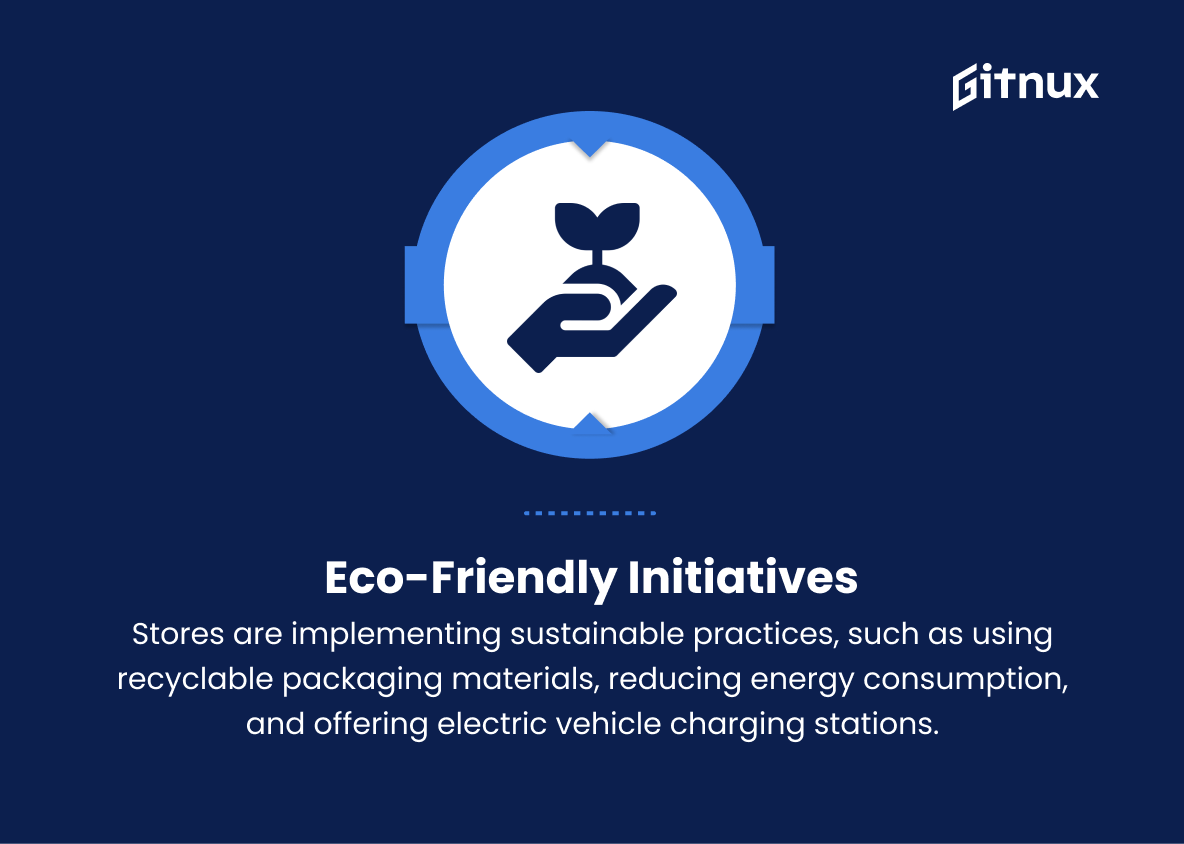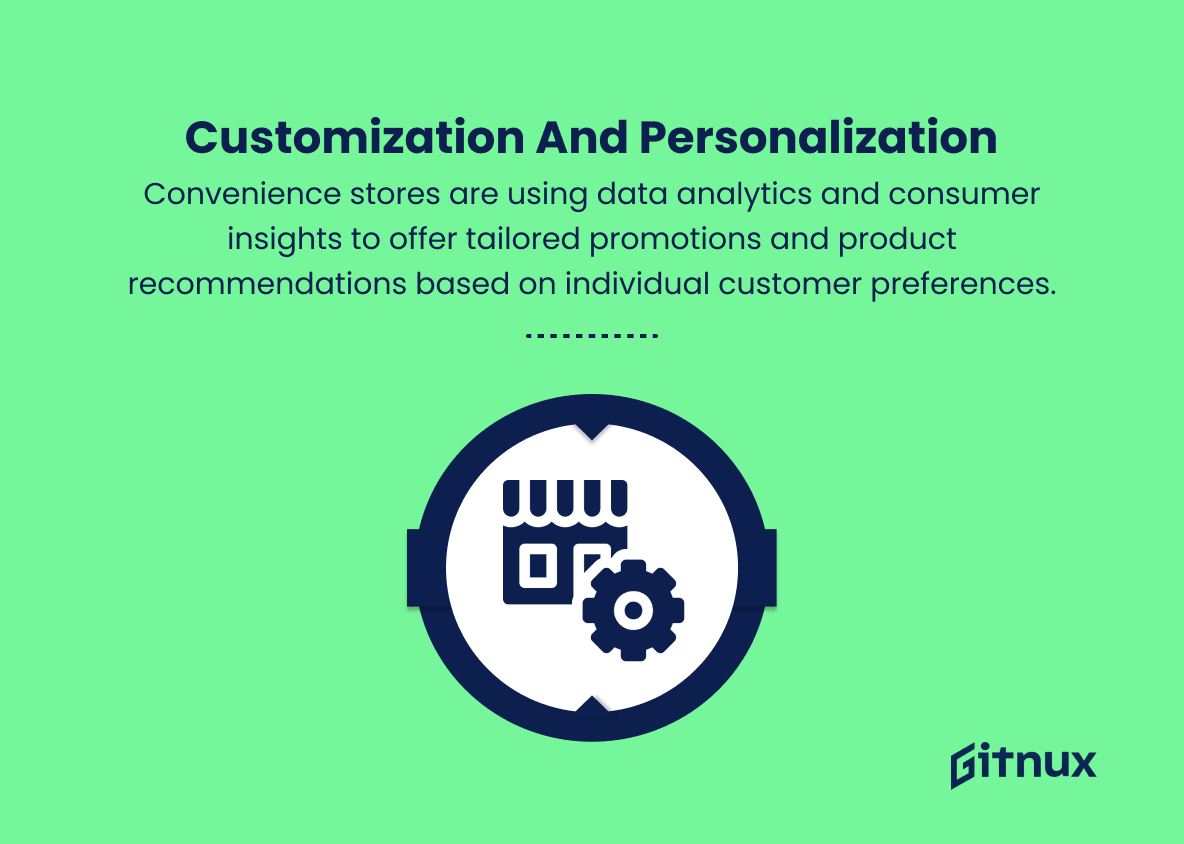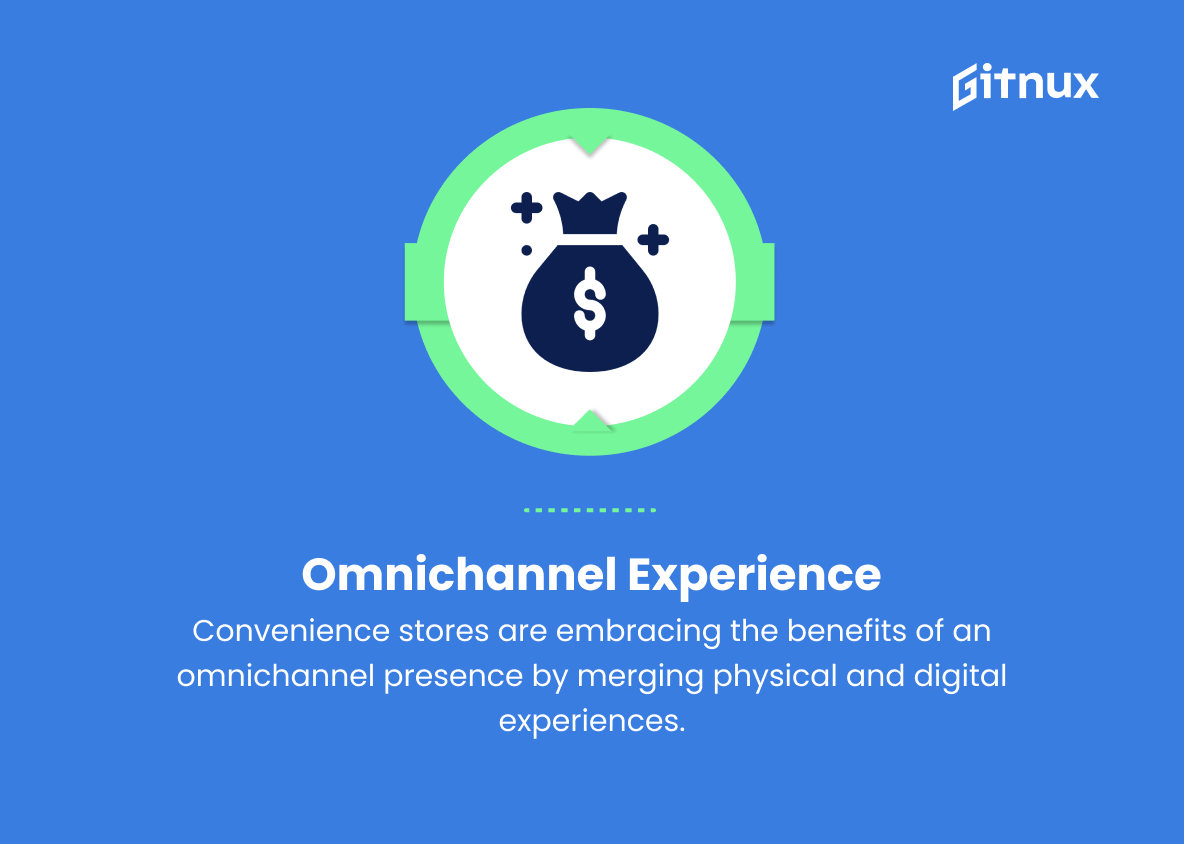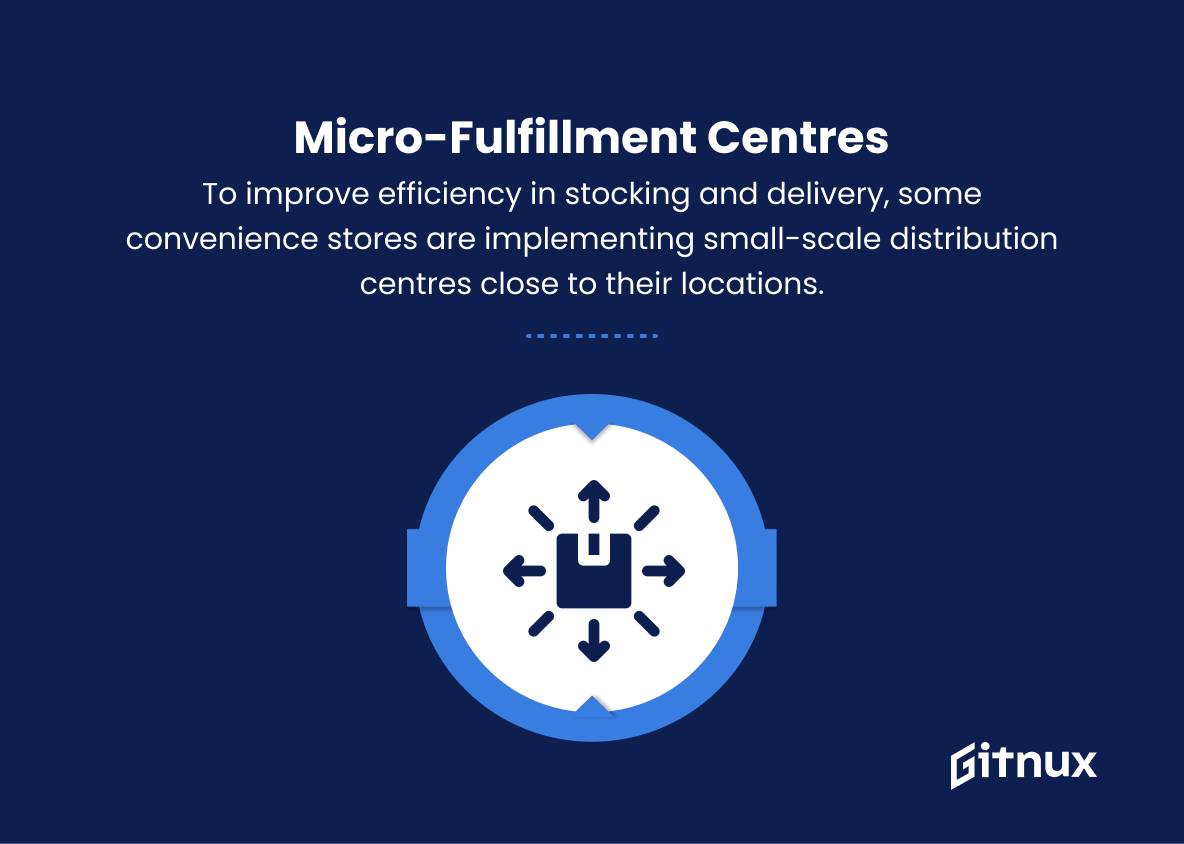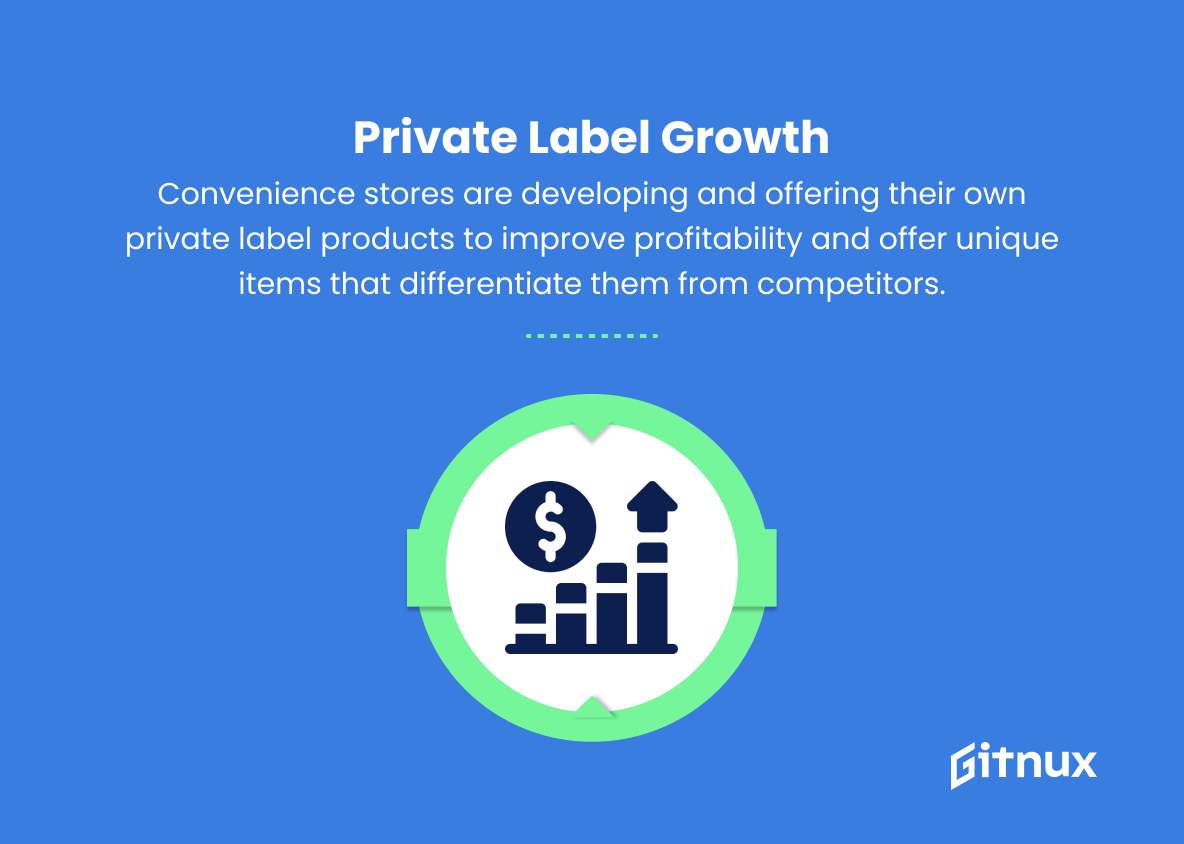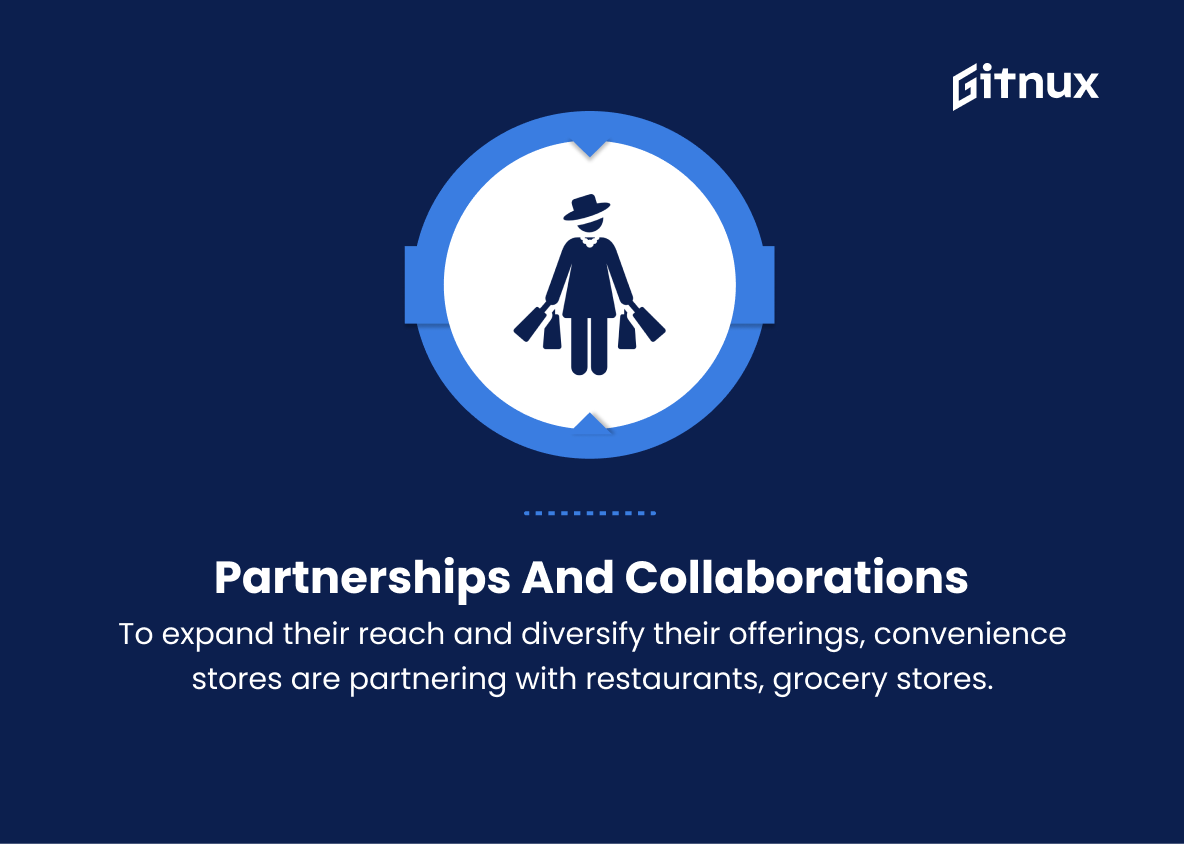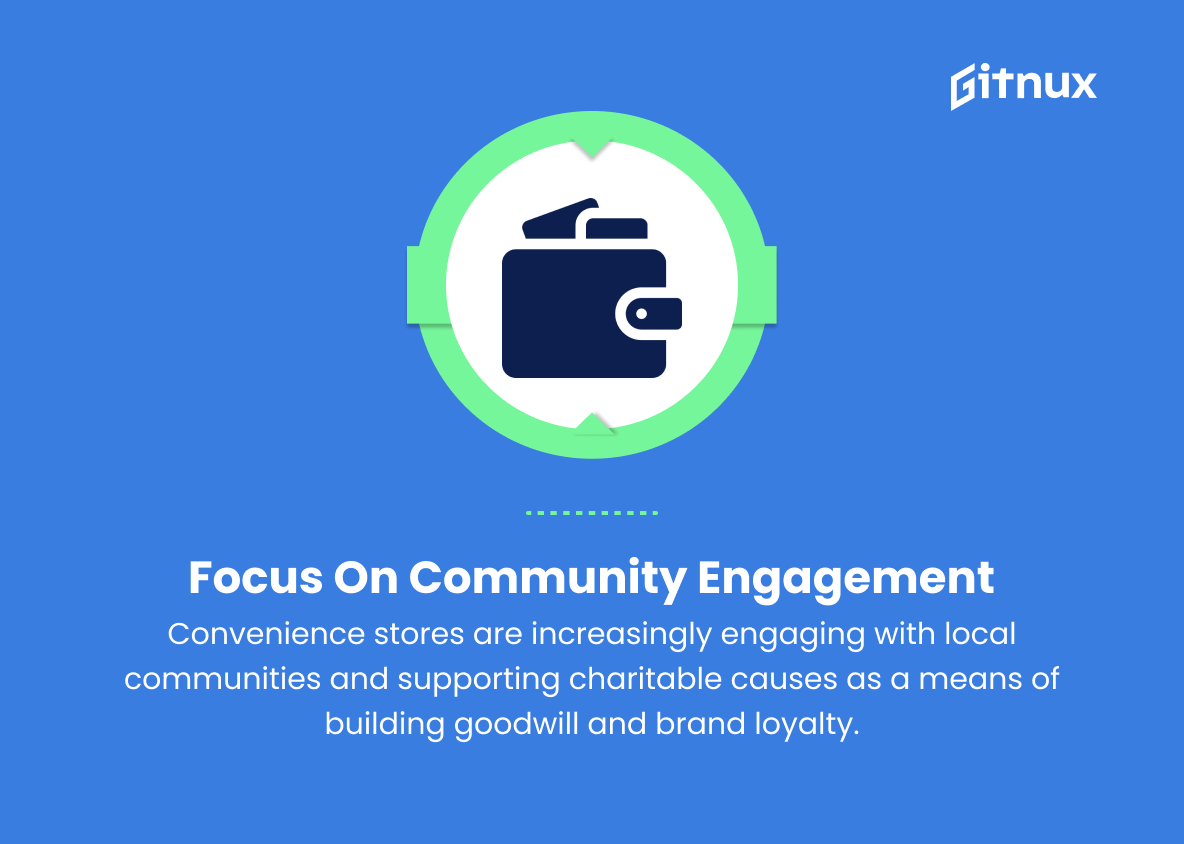In today’s fast-paced world, convenience stores have become an essential part of daily life, providing quick and easy access to an array of products and services. As a vital component of the retail landscape, the convenience store industry is constantly evolving to stay abreast of consumer demands and technological advancements that help deliver better customer experiences.
In this blog post, we will delve deep into the latest trends shaping the convenience store industry, exploring innovative ideas, and uncovering key drivers that are influencing the sector’s growth and development. Join us as we take a closer look at the competitive landscape and discuss how industry leaders can seize opportunities amidst a rapidly changing market.
Top Convenience Store Industry Trends
1. Automation and self-checkout
More and more convenience stores are adopting automated checkout systems and self-service kiosks, enabling customers to avoid long lines and save time.
2. Expansion of product offerings
Convenience stores are diversifying their product range to include healthier food options, gourmet coffee, craft beers, and organic items to cater to a wider audience.
3. Emphasis on fresh and quality food
In response to the growing demand for healthy choices, many convenience stores have begun offering freshly prepared meals, salads, and snacks made from high-quality ingredients.
4. Use of mobile applications
Mobile apps enable customers to order ahead, pay for their purchases, redeem loyalty points, and receive personalized offers and promotions, enhancing the overall shopping experience.
5. Adoption of digital payments
Contactless payments, e-wallets, and mobile payment systems are becoming increasingly popular, allowing for faster and more secure transactions at convenience stores.
6. Integration of IoT and smart technology
The Internet of Things (IoT) and smart technology play an essential role in streamlining inventory management, automating restocking processes, and providing valuable customer insights.
7. Eco-friendly initiatives
Stores are implementing sustainable practices, such as using recyclable packaging materials, reducing energy consumption, and offering electric vehicle charging stations to reduce their environmental impact.
8. Customization and personalization
Convenience stores are using data analytics and consumer insights to offer tailored promotions and product recommendations based on individual customer preferences.
9. Omnichannel experience
Convenience stores are embracing the benefits of an omnichannel presence by merging physical and digital experiences, offering online ordering, curbside pickup, and delivery options.
10. Micro-fulfillment centres
To improve efficiency in stocking and delivery, some convenience stores are implementing small-scale distribution centres close to their locations for faster replenishment of inventory.
11. In-store experiences and aesthetics
Stores are investing in visually appealing design elements, lighting, and music to create instagrammable spaces that attract and engage customers.
12. Private label growth
Convenience stores are developing and offering their own private label products to improve profitability and offer unique items that differentiate them from competitors.
13. Partnerships and collaborations
To expand their reach and diversify their offerings, convenience stores are partnering with restaurants, grocery stores, and other retail outlets, creating one-stop-shop opportunities for customers.
14. Use of big data and AI
Advanced data analytics and artificial intelligence help convenience store operators gain valuable insights into consumer habits, preferences, and trends, allowing them to better serve customers and optimize their operations.
15. Focus on community engagement
Convenience stores are increasingly engaging with local communities and supporting charitable causes as a means of building goodwill and brand loyalty.
Implications
The convenience store industry is undergoing significant transformation driven by technology, changing consumer preferences, and a focus on sustainability. The adoption of automation and self-checkout systems bring higher efficiency for customers, while expanded product offerings and an emphasis on fresh, high-quality food cater to diverse customer needs. Mobile applications and digital payment systems streamline the purchasing experience and facilitate targeted marketing efforts.
IoT integration and smart technology enhance inventory management, while eco-friendly initiatives demonstrate a commitment to environmental responsibility. Customization, personalized offers, and an omnichannel presence allow for greater consumer engagement, and micro-fulfillment centres optimize inventory replenishment. Aesthetic in-store experiences inspire customer interaction, and private label growth provides unique value propositions.
Collaboration with other retailers and community engagement efforts drive brand loyalty and customer reach. Ultimately, the use of big data and AI enables better understanding of consumer habits, helping the industry advance forward and adapt to evolving demands.
Conclusion
In conclusion, the convenience store industry has witnessed a remarkable transformation in recent years as it adapts to the ever-evolving consumer needs and market demands. Technological advancements, health-conscious and eco-friendly product preferences, coupled with a continuous focus on enhancing in-store experiences, will continue to shape the future of this dynamic sector.
Convenience store operators who are proactive in keeping pace with these trends and embracing innovation can capitalize on the immense opportunities to retain their customer base, maximize profits, and solidify their position in the competitive landscape. As we move ahead, the key to success in this industry will be flexibility, adaptability, and a steadfast commitment to meeting the fast-changing consumer expectations.
